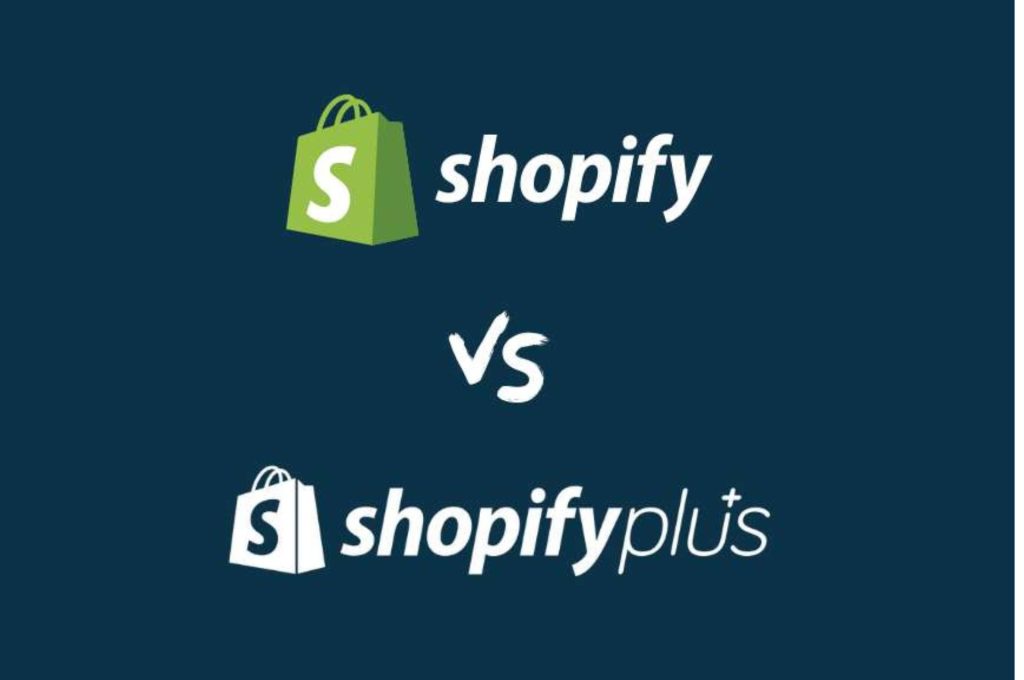WizeSaaS was established to provide customers with a variety of ecommerce solutions on systems including Magento, WooCommerce, and Shopify. Due to strong customer demand, a robust ecosystem of technological partners, and a wide range of native apps, the company eventually switched over to only implementing Shopify sites.
Since deliberately focusing more narrowly, we’ve launched more than 300 projects on Shopify and successfully transitioned more than 100 e-commerce firms from their traditional systems, and the outcomes have supported our choice. This post is a compilation of the input from the many of these clients who were polled and interviewed by our team.
Opportunities Cost
Let’s first look at Shopify’s impressive scale and solid infrastructure. It presently runs more than two million outlets, and on the most recent Black Friday, it handled more than $7.5 billion in transactions (without any interruptions). So how did Shopify, a company that entered the market relatively late, become a market leader in e-commerce?
1 : Rate of Innovation
Every great product has a spectacular team behind it, and Shopify has more than 10,000 employees overall and 2,500 engineers on its staff. The corporation produced 100 new features in the summer of 2022, vastly surpassing its rivals who are typically six months behind the innovation curve.
2 : Pace of Development
Shopify was created by technological pioneers who aimed to be at the forefront of the e-commerce sector, guided by the vision of its CEO. Because it is a cloud-based platform, Shopify takes care of the infrastructure, servers, databases, compliance, and other “details” that small businesses and even many large ones find difficult to manage. All of this makes it possible for development to go much more quickly than with typical e-commerce options.
3 : Quickness of Upkeep
After the initial website is created, clients take advantage of an industry-leading Content Management System (CMS) with drag-and-drop, no-code capabilities. With Shopify’s Online Store 2.0, any page can be easily customised, allowing users to test graphic content and other assets with ease. This feature is ideal for marketing teams looking to boost performance.
4 : Simplicity of Experimenting
Brand can choose from more than 10,000 applications in Shopify’s expansive technology marketplace to enable features and functionality including email marketing, product recommendations, loyalty programmes, shopping quizzes, and more. You can contact the ChatGPT helpdesk with only one click.
5 : Application of Analytics
Use native dashboards and reports to monitor and control the performance of your website. Review your baseline metrics for attribution, channel performance, conversion rate, and purchase metmetrics, and then concentrate on enhancing them via A/B and multivariate testing.
Integrated Benefits
The Shopify platform is rich in unique features and functions that further set it apart from competing solutions. Let’s look at a few of these benefits.

